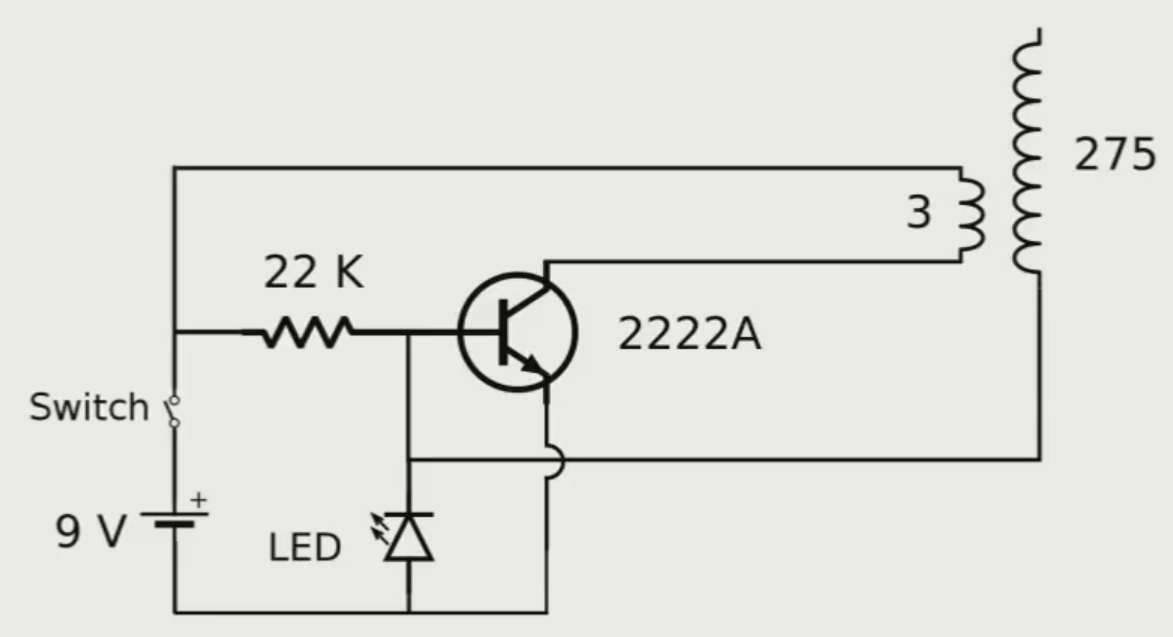Slayerz... I love em.
4k on the base, 7 Turns on the primary. 1000 turns on secondary.
These are all good transistors, 2N6547 was the best.
You MUST have a heat sink or you'll cook the poor things.
2N6547
2SC5387
BUF420AW
Search for those on your favorite Chinese supplier and you'll find them all for <£1 each. I use Aliexpress.
2N3055 was OK, but I cooked 30 in a month so moved to 2N6547 (same package).
Why not parallel some transistors up - Try two Tip42s or two 2n6547?
You could build a multi-primary Slayer. I found that the twin Slayer would pull more amperage but not at the cost of cooking a single transistor, the heat was shared between two circuits/transistors. Nice outputs, strong wireless transmission. :D
Build one good Slayer, get the turns nicely balanced with the resistance to base. (use a variable resistor to tune - I used a decent wattage 10k pot).
Replicate the slayer circuit again:
- you'll need another primary with exactly the same amount of turns.
- use the same resistance
- same diodes or LED (if using an LED)
Wrap another primary to the secondary coil
You now have two identical primaries wrapped around the same secondary. One Slayer circuit is already connected. Time to connect the second circuit.
Connect the primary to the new circuit in the same way as you did with the first.
Next you need to common up the two secondary connections from each circuit to the coil. Make a Y lead so both circuits have the same secondary connection.
Common up the power connections so you have one power supply connecting to both circuits.
Switch on... you should find it's twice as powerful :D
I've made up to four multi-primaries in this way. I made a very powerful Slayer that lights a 60 watt incandescent at 5 foot (coil to coil) using 50v from a bench supply. My bench supply was trashed by my Slayers. Bad earthing on my part.
- Try adding an earth ground to the negative connection, you could find more power.
- Try lots of different LEDs if you're experimenting instead IN4xxx Diodes, different colors/types will change your output. :D
- Try different size toploads, make them by covering items with foil or coffee tins, any old tins - varying sizes, try stacking them up.
- I was using an old metal bowl for toploads.
You can switch between NPN and PNP. Just swap the power connection around and you're good to go.
Have fun!
Cheers,
Deeds
There's a stack of Slayer videos on my YT channel showing wireless transmission - search "Deeds Slayer Exciter" and you'll find them. I'm not touting, I just like sharing the knowledge.


